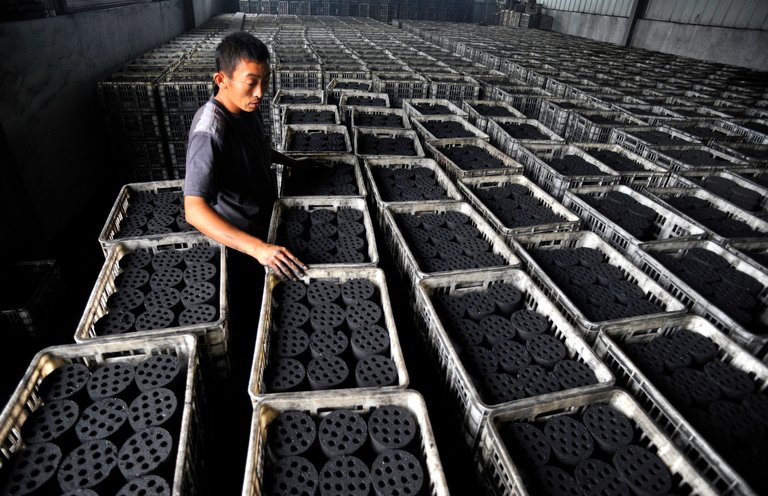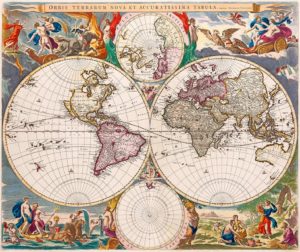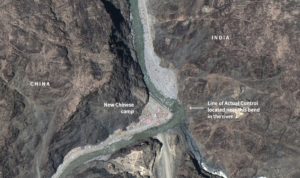Turning all of Tibet into a national park – China politics and current affairs news from April 24, 2017
A summary of today’s top news in Chinese politics and current affairs. Part of the daily The China Project news roundup "A second subdued Xi-Trump phone call."

China “is considering turning the entire Tibetan plateau and surrounding mountains into a huge national park,” the South China Morning Post reports. A government survey is set to be conducted this summer using advanced equipment, including drones and satellites, to determine the boundaries of what would be by far the world’s largest preserved natural area. At 2.5 million square kilometers, the prospective “Third Pole National Park” would dwarf even the autonomous province of Tibet itself (only 1.2 million square kilometers), leading to contrasting results: On the one hand, the vast natural resources of Tibet would be totally cut off from development, and worries about the integrity of water supplied from the plateau to the entire region would be assuaged. However, an undetermined number of people may need to be relocated, and there is potential for the new park to include land also claimed by India, heightening territorial and ethnic conflict.
“It is too big for a park,” said one scientist of the plan to protect a “last piece of pure land,” as a directive from President Xi Jinping referred to it. A park of 2.5 million square kilometers would be more than 250 times the size of Yellowstone Park, and over 2.5 times the size of the existing world’s largest park, in Greenland. It would be difficult to manage such a large public space, yet some officials seem keen to make this a Chinese park with Yellowstone’s global stature, as one noted that only 1.5 percent of tourists to Tibet are foreign and “the European and American markets…have huge potential.”
-
China’s first domestically built aircraft carrier may launch any day now / The Diplomat
“The carrier’s expected Sunday launch was delayed because ‘tidal conditions were not conducive,’” but the domestically manufactured “Type 001A” aircraft carrier is expected to begin a year of sea trials soon and be commissioned by 2019. -
Canberra recommits to China extradition / 9news.com.au
The Australian government “has sought to reassure China it remains committed to a controversial extradition treaty during high-level security talks,” following internal and opposition party protests of extradition in March. -
Facebook briefly suspends account of outspoken Chinese billionaire / NYT (paywall)
“On Friday, Facebook suspended [Guo Wengui’s 郭文贵] account. After Mr. Guo complained publicly, Facebook said the suspension had been a mistake, and his account was restored.” -
Chinese jihadis’ rise in Syria raises concerns at home / ABC News
“The majority of Chinese jihadis are with the Turkistan Islamic Party in Syria, whose vast majority are Chinese Muslims” from Xinjiang. Estimates of their numbers range from 300 to 5,000. -
Six aspire to lead KMT / China Post (Taiwan)
“Aspirants for the leadership of the Kuomintang (KMT) hit the campaign trail in earnest on their first weekend as official candidates. Leadership frontrunner and ex-Vice President Wu Den-yih vowed to resurrect the opposition’s support among young people, as he met with party representatives in Pingtung Sunday.” - China’s coastguard staking claim to contested reefs in South China Sea / SCMP
- Shoddy construction worries leave Yunnan quake survivors jittery / Caixin
- Why Xi Jinping is planning a historic move to rename China’s army corps / SCMP






